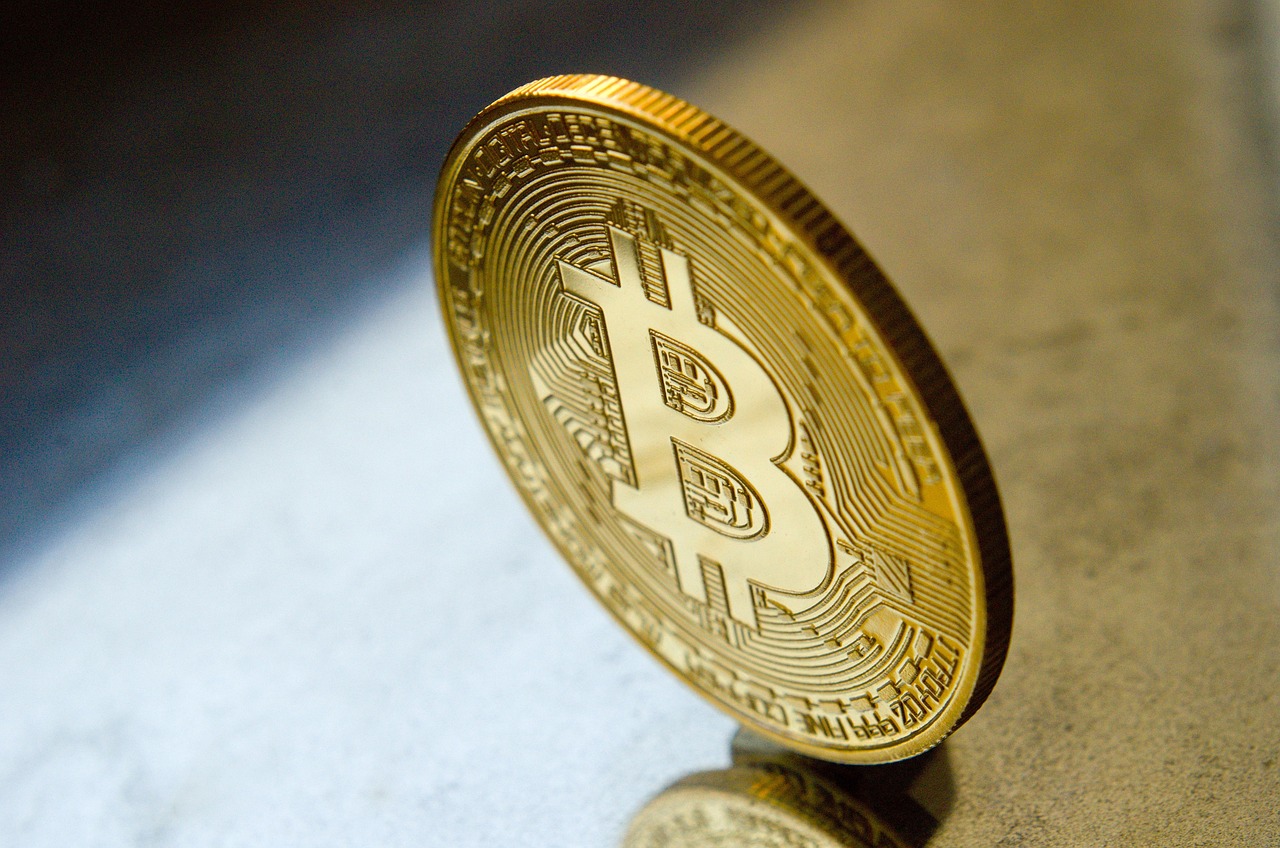New Bitcoin Proposal Could Freeze Satoshi Nakamoto’s Wallet to Counter Quantum Threat

A new Bitcoin BTC $118 131 24h volatility: 1.1% Market cap: $2.35 T Vol. 24h: $79.77 B draft proposal aims to do the unthinkable: freezing coins secured by legacy cryptography to guard against future quantum threats.
If Bitcoin developers move forward with this proposal, it could potentially affect the untouched coins in the wallet of Satoshi Nakamoto, the anonymous creator of Bitcoin.
Three Phases of the Bitcoin Draft Proposal
Bitcoin developers aim to freeze these coins before quantum computing can access them, particularly in light of recent discussions about how this technology may negatively impact the BTC ecosystem. Jameson Lopp and other crypto security researchers have co-authored a draft proposal for the new mission.
They are proposing a phased soft fork that will reverse the effect of quantum computing, rendering it nothing more than a ticking clock.
The drafted Bitcoin proposal involves three phases, with the first being a ban on transferring funds to legacy ECDSA/Schnorr addresses. This is a strategy to nudge users toward quantum-resistant formats, such as P2QRH.
This Phase A will kickstart three years after the implementation of BIP-360. Phase B will come two years after the completion of Phase A and will entail that all legacy signatures become invalid at the consensus layer.
At this phase, coins domiciled in quantum-vulnerable addresses will be permanently frozen.
The last phase, Phase C, is optional, but it introduces a recovery path for stuck Bitcoin. To achieve this, the developers will leverage zero-knowledge proof of BIP-39 seed possession.
It is not yet certain if this particular phase will be a hard or soft fork. In the long run, anyone who fails to undergo the suggested upgrade will end up with unspendable coins.
Unfortunately, the approximately 1.1 million Bitcoin holdings tied to early pay-to-pubkey addresses are not exempt from this eventuality.
Potential Impact of Quantum Computing on Bitcoin
According to Lopp and his co-authors, “This proposal is radically different from any in Bitcoin’s history, just as the threat posed by quantum computing is radically different from any other threat in Bitcoin’s history.”
To further explain their motivation for the proposal, they pointed out that Bitcoin has never faced such an existential threat to its cryptographic primitives before now.
These authors believe that a successful quantum attack on Bitcoin could lead to significant economic disruption and damage throughout the entire ecosystem.
Among the many disruptions that quantum computing could cause, one major concern is its potential impact on Bitcoin’s price.
There is a possibility that miners’ ability to provide network security may also be significantly impacted. In May, Craig Gidney, a Quantum AI researcher at Google, warned that Bitcoin’s encryption is facing growing risks due to rapid advancements in quantum computing.
To show the severity of the situation, Gidney further revealed that breaking RSA encryption, a public-key algorithm, now requires 20 times fewer quantum resources than was previously estimated.
Even now, most Bitcoin developers believe that quantum computing, including advancements like Google’s Willow chip, is still a long way from breaking Bitcoin’s cryptography.
Despite long-term concerns over quantum threats, short-term sentiment is mixed. Some analysts see Bitcoin heading toward $135K, while others warn of a drop to $50K.
The post New Bitcoin Proposal Could Freeze Satoshi Nakamoto’s Wallet to Counter Quantum Threat appeared first on Coinspeaker.
Read More

Did The US Government Dump 170,000 BTC? Marshals Reveal Shocking Bitcoin Holdings
New Bitcoin Proposal Could Freeze Satoshi Nakamoto’s Wallet to Counter Quantum Threat

A new Bitcoin BTC $118 131 24h volatility: 1.1% Market cap: $2.35 T Vol. 24h: $79.77 B draft proposal aims to do the unthinkable: freezing coins secured by legacy cryptography to guard against future quantum threats.
If Bitcoin developers move forward with this proposal, it could potentially affect the untouched coins in the wallet of Satoshi Nakamoto, the anonymous creator of Bitcoin.
Three Phases of the Bitcoin Draft Proposal
Bitcoin developers aim to freeze these coins before quantum computing can access them, particularly in light of recent discussions about how this technology may negatively impact the BTC ecosystem. Jameson Lopp and other crypto security researchers have co-authored a draft proposal for the new mission.
They are proposing a phased soft fork that will reverse the effect of quantum computing, rendering it nothing more than a ticking clock.
The drafted Bitcoin proposal involves three phases, with the first being a ban on transferring funds to legacy ECDSA/Schnorr addresses. This is a strategy to nudge users toward quantum-resistant formats, such as P2QRH.
This Phase A will kickstart three years after the implementation of BIP-360. Phase B will come two years after the completion of Phase A and will entail that all legacy signatures become invalid at the consensus layer.
At this phase, coins domiciled in quantum-vulnerable addresses will be permanently frozen.
The last phase, Phase C, is optional, but it introduces a recovery path for stuck Bitcoin. To achieve this, the developers will leverage zero-knowledge proof of BIP-39 seed possession.
It is not yet certain if this particular phase will be a hard or soft fork. In the long run, anyone who fails to undergo the suggested upgrade will end up with unspendable coins.
Unfortunately, the approximately 1.1 million Bitcoin holdings tied to early pay-to-pubkey addresses are not exempt from this eventuality.
Potential Impact of Quantum Computing on Bitcoin
According to Lopp and his co-authors, “This proposal is radically different from any in Bitcoin’s history, just as the threat posed by quantum computing is radically different from any other threat in Bitcoin’s history.”
To further explain their motivation for the proposal, they pointed out that Bitcoin has never faced such an existential threat to its cryptographic primitives before now.
These authors believe that a successful quantum attack on Bitcoin could lead to significant economic disruption and damage throughout the entire ecosystem.
Among the many disruptions that quantum computing could cause, one major concern is its potential impact on Bitcoin’s price.
There is a possibility that miners’ ability to provide network security may also be significantly impacted. In May, Craig Gidney, a Quantum AI researcher at Google, warned that Bitcoin’s encryption is facing growing risks due to rapid advancements in quantum computing.
To show the severity of the situation, Gidney further revealed that breaking RSA encryption, a public-key algorithm, now requires 20 times fewer quantum resources than was previously estimated.
Even now, most Bitcoin developers believe that quantum computing, including advancements like Google’s Willow chip, is still a long way from breaking Bitcoin’s cryptography.
Despite long-term concerns over quantum threats, short-term sentiment is mixed. Some analysts see Bitcoin heading toward $135K, while others warn of a drop to $50K.
The post New Bitcoin Proposal Could Freeze Satoshi Nakamoto’s Wallet to Counter Quantum Threat appeared first on Coinspeaker.
Read More

